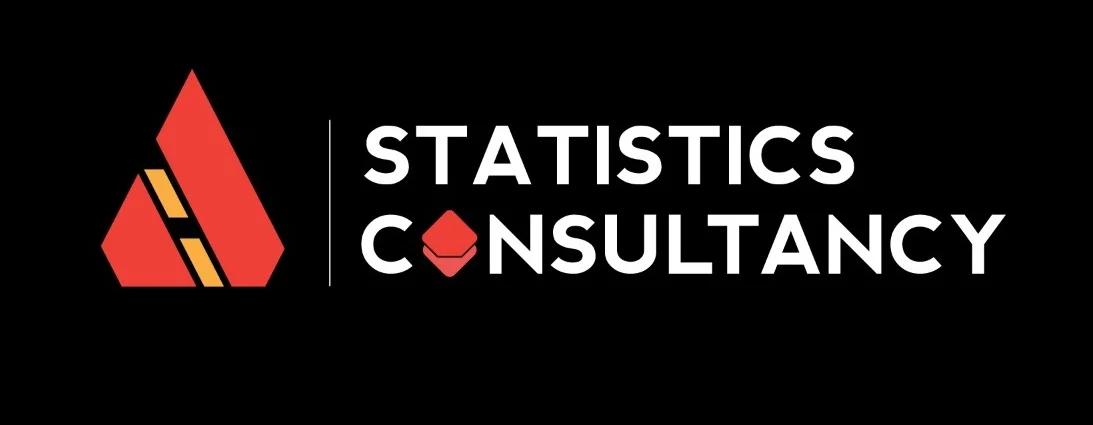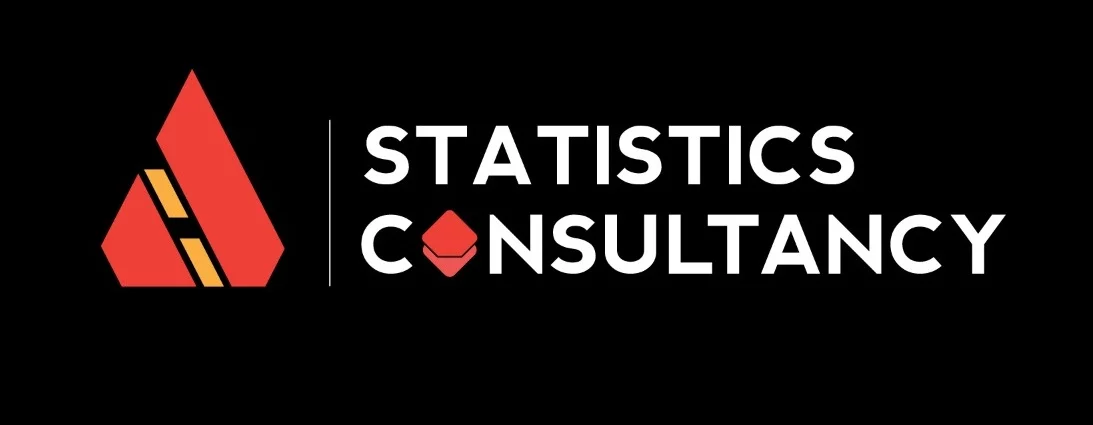Introduction
ERP, today’s world, automation technology is widely used to simplify complex tasks, making them more accessible and reliable. To better understand their client base, organizations combine both qualitative and quantitative research methods to examine client needs. By understanding what drives their customers, organizations can provide customized services. However, managing organizational requirements such as accounting, project management, risk management, procurement, supply chain operations, and people analytics was once a challenge for many organizations.
The introduction of Enterprise Resource Planning (ERP) put an end to these challenges by providing protocols and guidelines to mark client requirements. Various software and tools assist organizations in budget planning, predicting, and forecasting project data reports. In financial services, professional and procedural activities, business, and administrative operations, ERP plays a critical role in both the public and private sectors. Predictive analytics can identify hidden connections contributing to employee turnover.
ERP:
Enterprise Resource Planning (ERP) is essential in integrating an organization’s business strategies based on delegated protocols to achieve its objectives. ERP’s primary function is to monitor the organization’s regular goals and keep them on a solid foundation to boost productivity.
In modern times, ERP software is tailored to meet the specific requirements and commitments of organizations. Depending on the roles and responsibilities of an organization, the appropriate ERP software can be selected. The proposed work highlights the growth of ERP in Russia over the last decade, which has led to increased productivity.
Client Requirement in ERP:
In business organizations, the goal is to achieve customer satisfaction by meeting the client’s requirements, and ERP is integral to this process. Understanding the client’s basic needs is crucial for an organization to deliver the exact product or service required, thus ensuring stability. Various functional modules of ERP, such as marketing automation, accounting, business intelligence, human resources, production, and services, play a critical role in this process.
Every organization follows a checklist based on ERP modules, which outlines various norms and protocols in line with the organizational culture, aimed at satisfying clients.
Implementing ERP in Client Requirement:
To successfully implement an ERP system, it is crucial to understand and fulfill the specific requirements of the client. Organization Qualitative Data Analysis Services involve evaluating the growth, personnel, operations, and changes of a client to achieve the desired level of customer satisfaction. This process involves several phases:
Step 1:
Requirement Analysis of ERP:
- This involves identifying and understanding the client’s needs, expectations, and preferences for the product or service they are requesting.
- The team needs to collect input from the client on their requirements from both user and business perspectives, including goals, expectations, and current challenges.
- The team must also assess the client’s current systems and processes to identify any gaps that the ERP system can fill.
- The team may use various methods such as interviews, surveys, and research to gather this information.
Step 2:
Comparison and Sourcing:
- After identifying the client’s requirements, the team compares them to enterprise norms and protocols to determine feasibility.
- The team analyzes whether the requirements can be satisfied by the team and assesses the available resources such as personnel, technology, and budget.
- The team may also source new technologies or resources to meet the client’s needs.
- The team must also determine whether the client’s requirements are in line with the organization’s long-term goals and vision.
Step 3:
Financial Diligence:
- Based on the requirement analysis, the financial team has to verify and evaluate whether the production cost and the client’s budget are the same or not.
- They need to determine the costs of resources required to implement the ERP system, including software, hardware, personnel, and training costs.
- The team should provide an estimated budget for the project and discuss it with the client to ensure alignment with their financial goals.
Step 4:
Production or Designing Phase:
- Once the requirements are agreed upon, the production or designing phase begins.
- This phase involves initiating the production of a product or service as per the requirements.
- The team may follow various methodologies such as agile or waterfall to manage the project, assign tasks, and monitor progress.
- Once the production is done, the testing team takes over to satisfy the users by testing the product internally from a user perspective.
Step 5:
Testing or Rebuilding of ERP:
- In this phase, the testing team tests the product or service to identify any issues or bugs.
- If issues are found, the development or production team coordinates with the testing team to rectify them. This process may involve rebuilding the product or service.
- Following the procedure, the product or service will be made available to the client along with a discussion of the production or development phase, testing, and maintenance phase of the procedure.
Step 6:
Deployment and Maintenance:
- Once the product or service is completed, it is handed over to the client with proper rights and ownership.
- The maintenance of the product or service may be followed and handled by the developed or produced organization or the client, depending upon the product or service.
- The team must ensure that the client receives proper training and support to use and maintain the product or service effectively.
- Any issues that arise during this phase are addressed promptly to maintain customer satisfaction.
Step 7:
Documentation and Report Generation of ERP:
- In this phase, all product or service development processes are tracked and monitored for future purposes.
- The data and information that occurred in every phase are submitted as a report.
- These reports are helpful for both the client and the organization to maintain the product or service efficiently.
- The team must ensure that all documentation is accurate, up-to-date, and accessible to relevant stakeholders.
- The report generated should include project goals, processes, challenges, and solutions.
Conclusion:
Using Enterprise Resource Planning is an effective way to identify and fulfill client requirements. The ERP software and tools are dependable and responsible for processing the client’s requirements and converting them into user-friendly products.
Future Scope:
Companies desire to leverage the benefits of ERP while minimizing the cost and time required to implement it. They also seek a high degree of customization and integration with their existing subsystems as quickly as possible.
Companies are increasingly turning to mobile apps to expand their reach to consumers as more people are using mobile devices to communicate, conduct business, and access information. This enables them to have continuous access to information and expand their scope.

